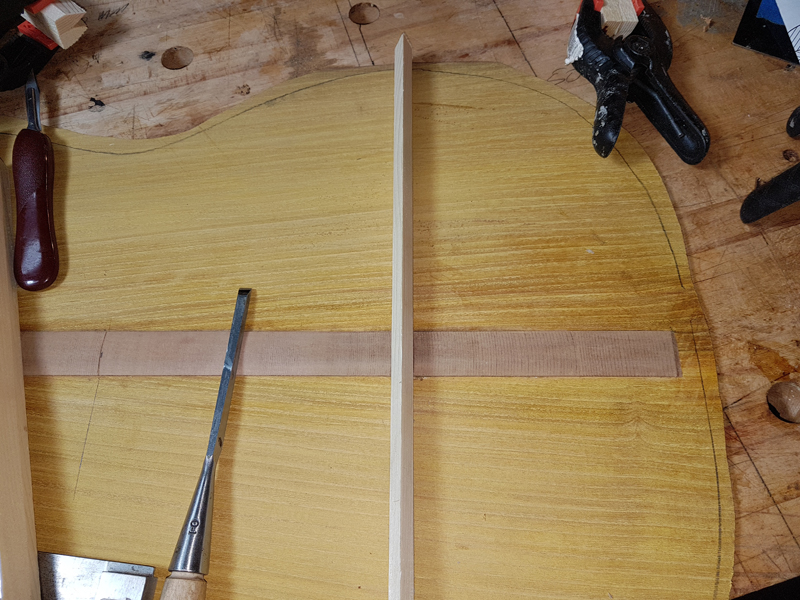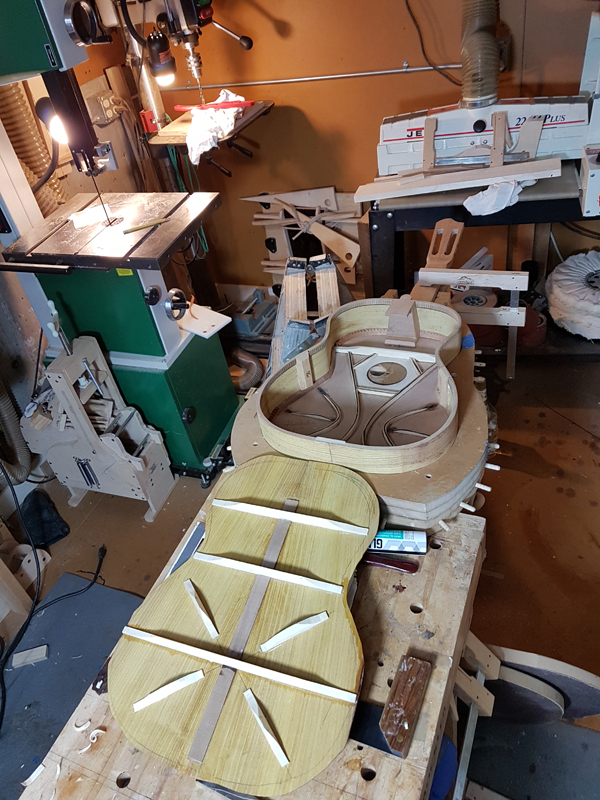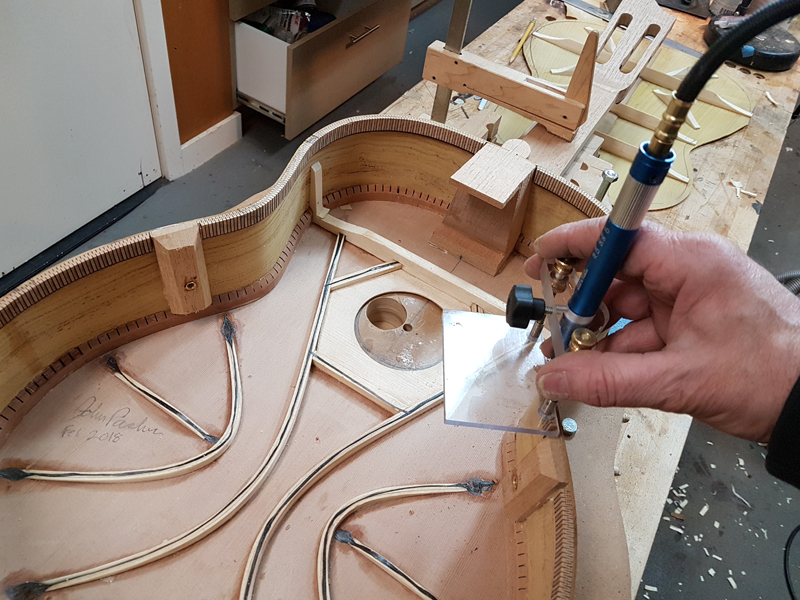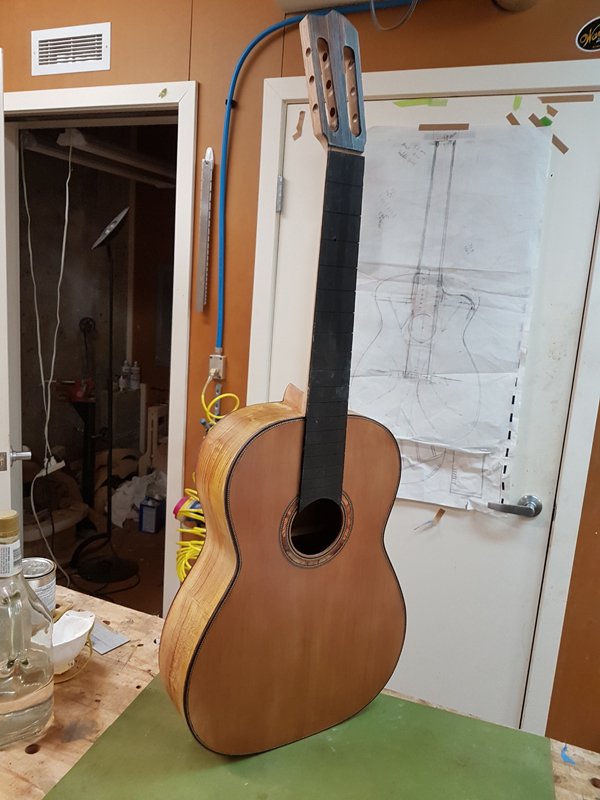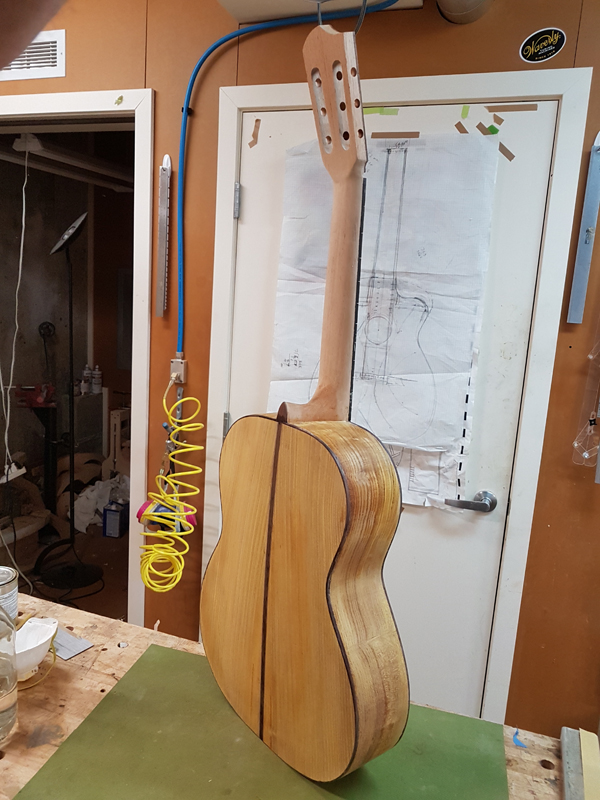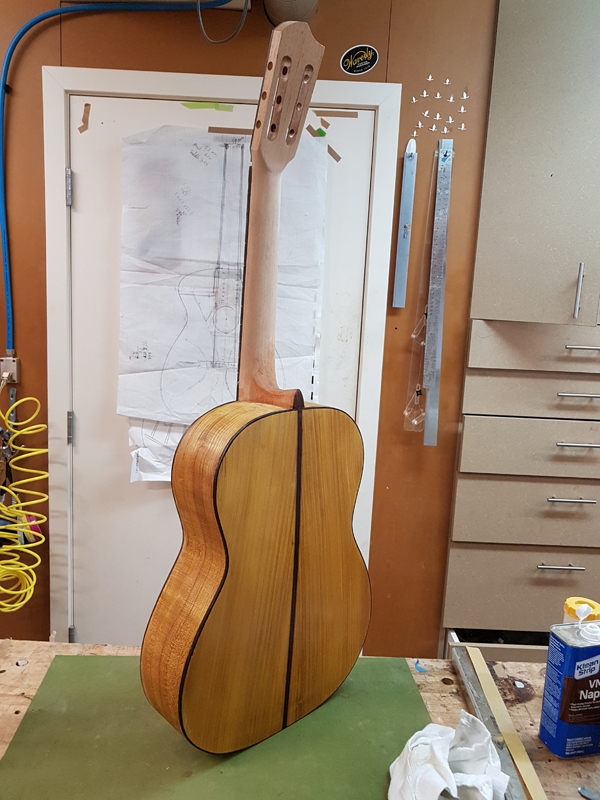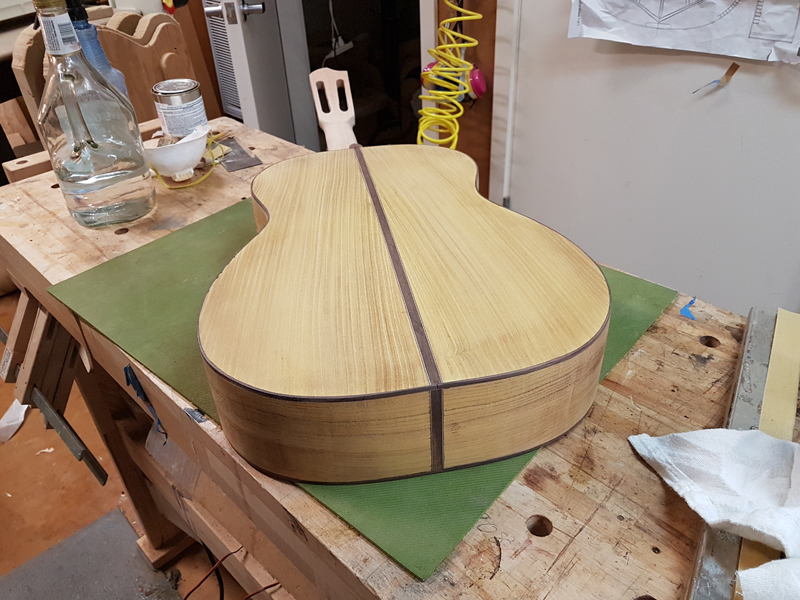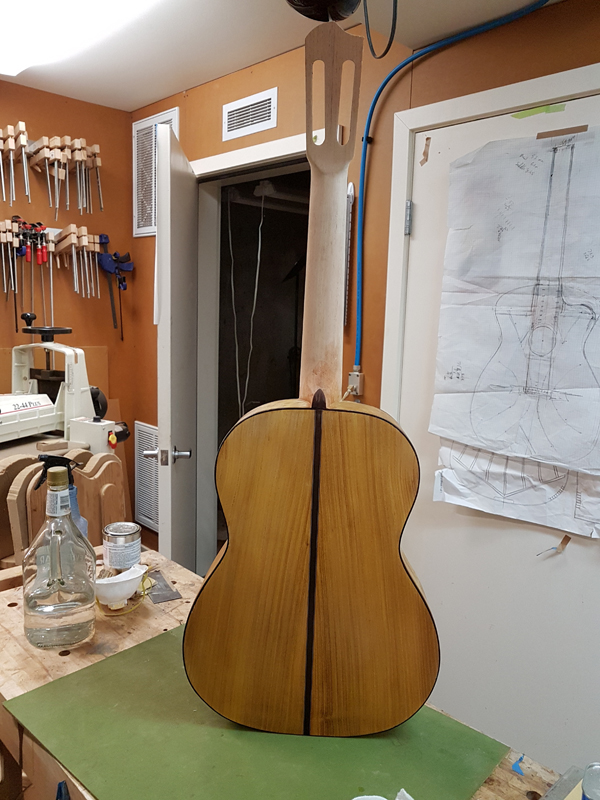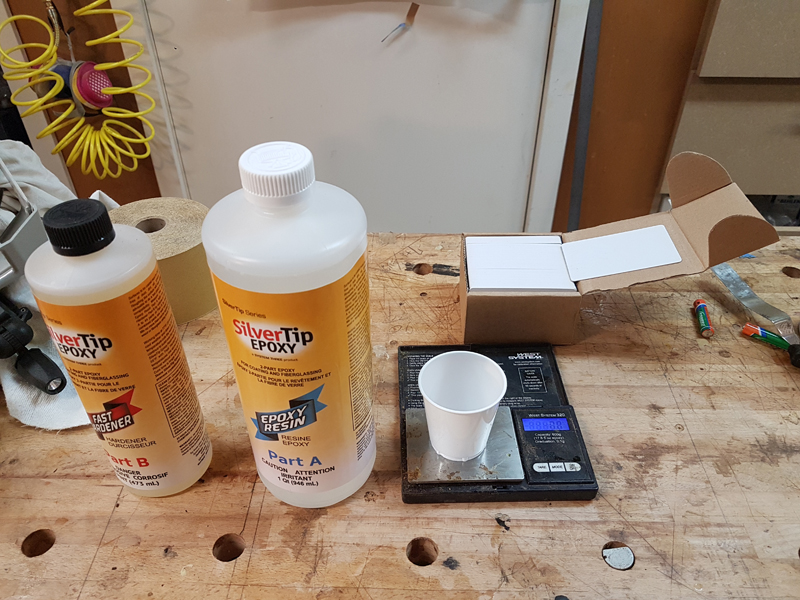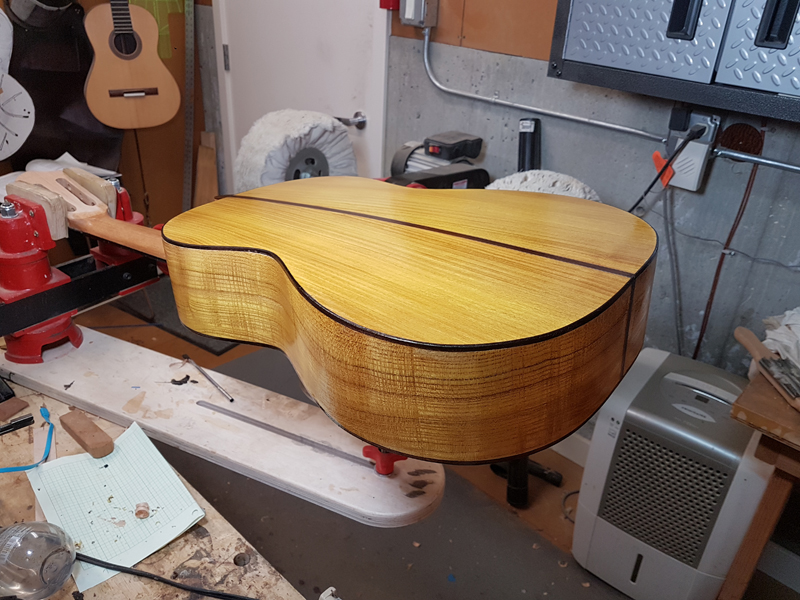I think the one similarity is that it removes the cross of the X brace. Right at the cross of an X brace the contribution to stiffness to the pair of braces to the top halves; basically creating a discontinuity, not a bad thing but I think it can be heard in how the top responds. Having said that I think the falcate patten is more like an X brace pattern with the cross removed. Both the X braces and the pair of falcate braces terminate high in the upper bout and do not use a lower transverse brace to carry the string load. I make both X brace and falcate braced SS guitar. There are some who like the clean sound, a clarity in all of the notes played across the string, I get from the falcate and there are others who like the more complex response from the X brace. Also all of my falcate instruments sustain forever. Yet they are all loud guitars. One bit of feedback I got from my classical guitar instructor is my falcate SS sounds and responded like a powerful classical guitar. He had me build a falcate classical guitar after playing my falcate steel string; after more than a year it is still his primary guitar.Tim Benware wrote:John, would you say this bracing pattern has some similarities to the new Taylor "V" bracing design?
I wrote all of that about the classical because I see that the V brace, like most classical guitars, relies on a pretty stout lower transverse brace for structural reasons. So to me the V brace bracing pattern more closely resembles a classical fan brace design. So when the V brace market talks about more even intonation (does not make a lot of sense) they may really be hearing the clarity of removing the structural discontinuity at the cross of the major braces.
So those who like the X brace sound may not be happy with the Taylor. Probably not a Bluegrass guitar. Could be a good finger picker guitar.









